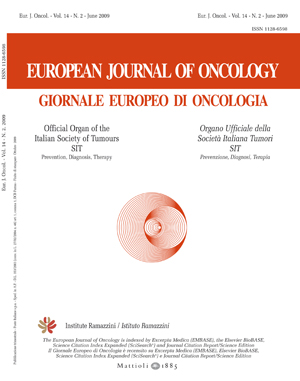Aloe arborescens preparation and liver health
Keywords:
Aloe arborescens, liver, anti-inflammatory effects, antidiabetic effects, antitumorigenic effectsAbstract
Aloe arborescens Miller var. natalensis Berger (so called as “ALOE”) is traditionally valued herbal medicine for gastrointestinal complaints, skin injuries and burns. The different pharmacological and therapeutic activities of ALOE have been studied. ALOE extracts have been reported to show anti-inflammatory, antidiabetic and antitumorigenic effects. In F344 rats, ALOE has been shown to have beneficial effects against colorectal tumorigenesis and formation of liver preneoplastic lesions. The aim of this study was to evaluate the effects of oral intake of ALOE preparation (Aloe arborescens, honey and distillate) on liver health. For this purpose, we investigated the effect of oral ALOE supplementation on the splenic and hepatic cellular immune functions in mice and on dimethylnitrosamine (DMN) – induced liver fibrosis in rats. The studied immune parameters included the presence and cytokine production of different T-cell populations, including T-cell helper (CD4+) subpopulations (Th1, Th2, Th17 and Tregs), cytotoxic T-cells (CD8+) and Natural Killer T (NKT) cells as well as Natural Killer (NK) cells. The anti-fibrogenic potential of ALOE was evaluated based on hepatic stellate cells (HSCs) activation and apoptosis due to DMN treatment. The most evident immunological effect associated with ALOE supplementation was the reduced prevalence of splenic NKT cells (p=0.02). In addition, the treatment appeared to increase the total proportion of CD4+ cells among splenic T cells (p=0.03) and the interferon-g production by hepatic Th1 cells (p=0.06) tented to increase. In DMN-treated rats, the ALOE supplementation reduced the hepatic hydroxyproline content and a-SMA expression and improved the histopathology compared to controls. These results indicate that ALOE administration may have immunomodulatory effects and lower the fibrogenic process in the liver.Downloads
Published
Issue
Section
License
OPEN ACCESS
All the articles of the European Journal of Oncology and Environmental Health are published with open access under the CC-BY Creative Commons attribution license (the current version is CC-BY, version 4.0 http://creativecommons.org/licenses/by/4.0/). This means that the author(s) retain copyright, but the content is free to download, distribute and adapt for commercial or non-commercial purposes, given appropriate attribution to the original article.
The articles in the previous edition of the Journal (European Journal of Oncology) are made available online with open access under the CC-BY Creative Commons attribution license (the current version is CC-BY, version 4.0 http://creativecommons.org/licenses/by/4.0/).
Upon submission, author(s) grant the Journal the license to publish their original unpublished work within one year, and the non exclusive right to display, store, copy and reuse the content. The CC-BY Creative Commons attribution license enables anyone to use the publication freely, given appropriate attribution to the author(s) and citing the Journal as the original publisher. The CC-BY Creative Commons attribution license does not apply to third-party materials that display a copyright notice to prohibit copying. Unless the third-party content is also subject to a CC-BY Creative Commons attribution license, or an equally permissive license, the author(s) must comply with any third-party copyright notices.

